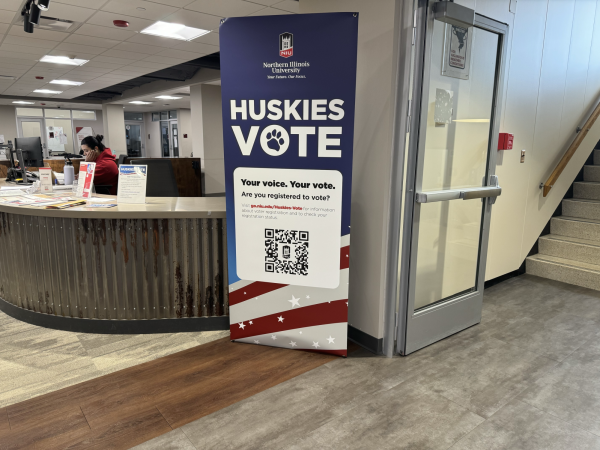Death’s door gets locked far too often
October 16, 1990
Guilty people go free while innocent people are barred. One murderer gets three years while another gets six months. Drunk drivers, rapists and child molesters are out on the streets again after serving little or no time.
We all know this country’s court system isn’t the best, to say the least. Lawyers try their hardest to present convincing facts in defense of their clients, innocent or not.
If “substantial proof” against the accused is given, judges have no choice but to punish the individual. In a recent trial, proof meant freedom.
In this case, the proof didn’t rest with showing intent or premeditated actions, and the accused wasn’t a criminal. A family seeking to let a loved one die was indirectly accused of not knowing what’s best.
There were cases like this before. Someone is being kept alive only by medical technology and would die if removed from life-support systems. But this time around marks a key decision for the right-to-die scenario.
For the first time in Illinois, a judge allowed a life-support system to be removed because the individual expressed such wishes in advance.
Sidney Greenspan suffered a stroke in 1984 which caused him to lie in a comatose state until his death Thursday, only after a court order allowed the feeding tube to be removed.
His family began court procedures in June 1989, but it wasn’t until Oct. 3 that their prayers were answered.
There are two things wrong here. First, it took more than a year for the family to get the court’s approval. In the meantime, their lives continued to be “a living hell,” as Mrs. Greenspan put it.
It’s hard enough to helplessly watch a loved one die from sickness, but this family had to put up with the pain of seeing him lie in bed, not moving or noticing things around him, for longer than they should have had to.
Their cries to end the nightmare were put off by the courts. Mr. Greenspan was held by “medical technology in a limbo of unnatural life,” his wife said. The case is another example of the lengthy court procedures stalling people’s lives.
But the real issue here is the necessity of proving the individual wants to die before he will be allowed to do so. It’s like asking a question when you already know the answer. Who would want to continue “living” by means of a machine?
Mr. Greenspan couldn’t move or notice things around him—if he could have talked he could have told his family he wanted to die. But he couldn’t and they knew anyway. Why should someone have to prove the person would want to die?
Being able to breathe only because of a machine and having no chance of recovery does not count as living.
Although proving the desire to die rather than live on machines is ridiculous, the fact that courts need proof that death would occur without life support and the condition is irreversible is expected.
It makes sense to require evidence to show the individual will remain comatose or vegetative because it shows the person is not truly alive and never will be.
In a family statement, the son said he hopes “that no other family will ever have to live with the anguish of watching a loved one lay at death’s door and not be allowed to enter.” When your time comes, hopefully the door will be wide open.












